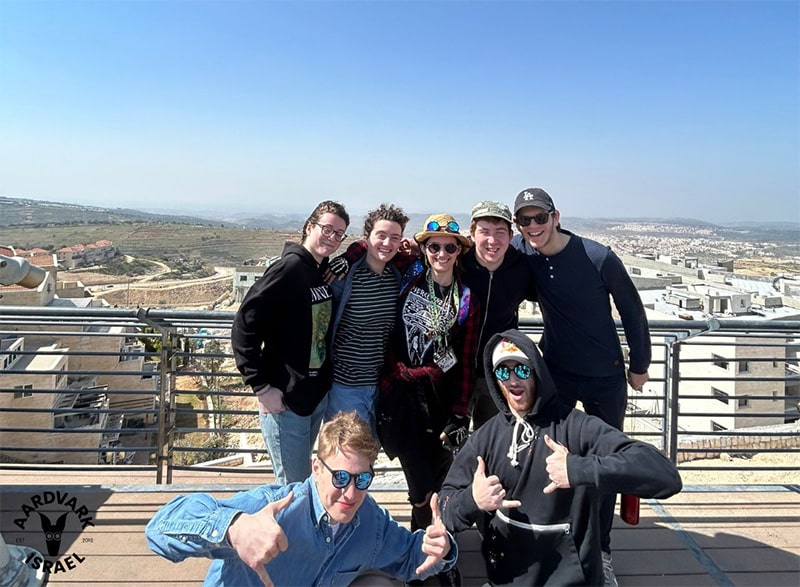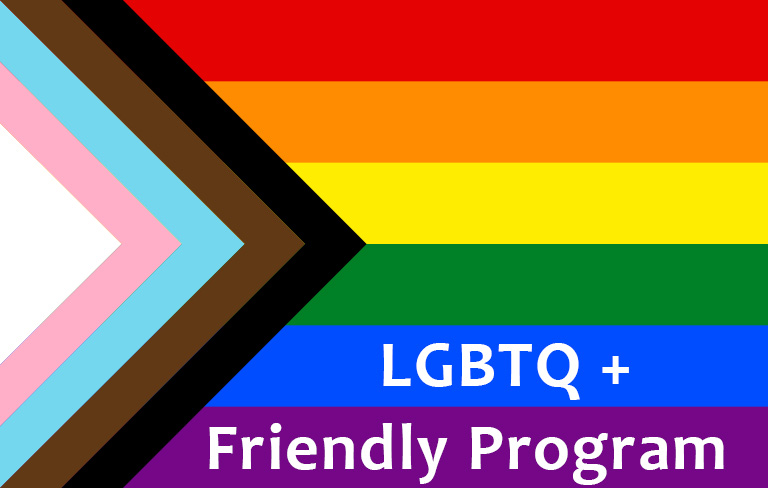This coming week we celebrate the festival of Purim. 2,500 years ago, while exiled and living under the rule of the Persian Empire, a cruel anti-Semite named Haman rose to a position of power. With his newfound power, he attempted to genocide the entire Jewish population. From the brink of imminent destruction, the tables were turned. The Jews were saved and Haman was hung on the very gallows he erected in order to take Jewish lives.
How is it that the Jewish people found themselves in such a terrible situation of near destruction? One hint can be found in Haman’s initial proposition of genocide. He argued, “There is a certain people scattered and separate among the peoples throughout all the provinces of your kingdom, and their laws differ from [those of] every people, and they do not keep the king’s laws; it is [therefore] of no use for the king to let them be” (Esther 3:8).
Abraham Lincoln famously said, “A house divided cannot stand.” Haman agreed with this sentiment. When he looked at the Jewish people, he saw that they were a divided people. They were plagued with infighting amongst themselves. He realized that due to their division, this was his best opportunity to wipe them out.
Thankfully, the Jewish people were able to put their differences aside and come together in prayer and supplication. As a result, they received their great salvation.
We live in a time where societies the world over are greatly fragmented once again. The Purim story reminds us of the dangers of such fragmentation. We cannot let our differences of opinion dismantle our inherent bond and unity. Our shared love and respect must always come before all else. As we recount the Purim saga this week, may we merit to take this message to heart and recommit ourselves to one another; putting that which binds us before all of our differences. In this way, we learn from past mistakes and walk hand-in-hand toward a brighter future.
– Rabbi Liad Braude


















